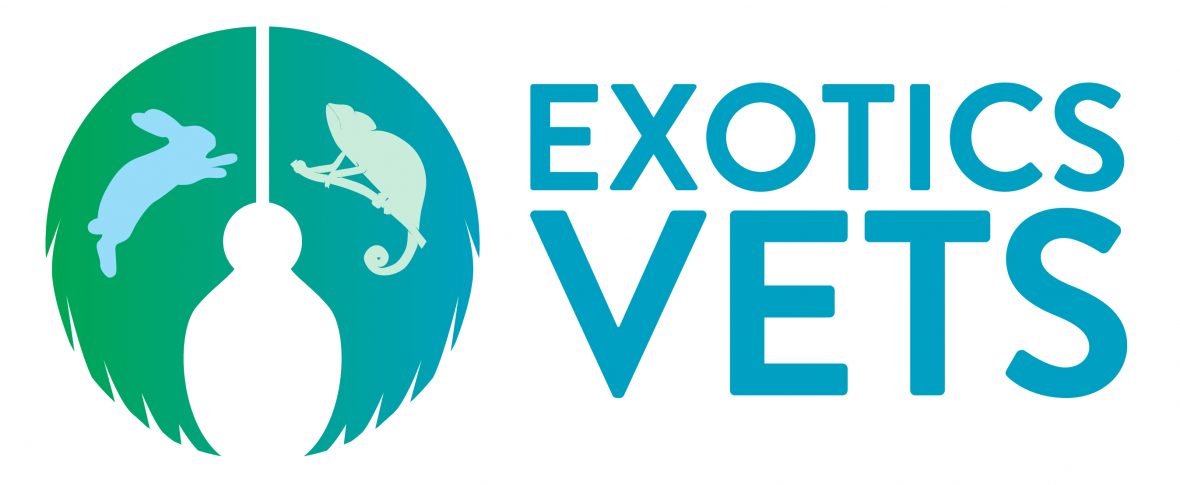If you are concerned about external parasites affecting your rabbit and guinea pig patients, then this article is for you!
Rabbits
Fur mites – Cheyletiella parasitivorax
Commonly seen on the face, neck shoulders and dorsum, fur mite can be recognized as “Walking dandruff”.

Source:
Clinical signs include
-
Flakey skin
-
Seborrheic lesions
-
Pruritis
-
Alopecia
-
Self-trauma – biting, scratching, rubbing, shaking
-
Restlessness
IMPORTANT! Cheyletiella parasitivorax can be ZOONOTIC!!! So treat fur mite asap and maintain great hygiene of your rabbits! Especially washing and disinfecting your hands after handling affected rabbits!
Diagnosis of Cheyetiella parasitivorax can be achieved by visualisation of mites amongst debris taken from an affected rabbit, or by microscopic examination of hair.
To treat fur mite, consider:
-
Ivermectin
-
Selamectin (Revolution)
Plus, make sure you remove affected bedding and thoroughly disinfect housing!
Ear mites – Psoroptes cuniculi
As the name suggests, ear mites live in the external ear, causing severe scabs and crusting!
Clinical signs of Psoroptes cuniculi include:
-
Shaking
-
Scratching
-
Scabs and crusting in the ear
Diagnosis of Psoroptes cuniculi can be achieved by examining a sample of a scab microscopically, or by clinical signs!
To treat ear mites, consider:
-
Imidacloprid (Advantage)
-
Moxidectin (Advocate)
-
Selamectin (Revolution)
Dont worry about cleaning off the crusting and scabs! It will resolve with the infection!
Treat the infection, treat the scabs!
Make sure to treat the environment! Remove or burn affected bedding and thoroughly disinfect housing!
Fleas
Rabbits can be affected by
-
Dog fleas – Ctenocephalides canis
-
Cat fleas – Ctenocphalides felis
-
Rabbit fleas – Spilopsyllus cuniculi
Clinical signs, as with dogs and cats, include:
-
Scratching
-
Biting
- Dull coats
-
Alopecia
-
Moist dermatitis
-
Reddened skin
-
Restlessness
-
Irritation
-
Weight loss
There is potential for cross contamination between cats, dogs and rabbits, though Rabbit fleas are rare.
As with flea infestations with dogs and cats, treating the patient alone is not enough! To prevent reinfection it is necessary to wash bedding at high temperatures and frequently vacuum infested areas. Mix this with a healthy dose of the medications listed below and you should be all good!
To treat rabbit fleas, consider:
-
Imidacloprid (Advantage)
-
Selamectin (Revolution)
-
Moxidectin (Advocate)
To check out doses for the medications mentioned, vets can find the appropriate dose here!
Guinea Pigs
The main unique external parasite to guinea pigs is Trixacarus caviae

Source:
Trixacarus caviae is spread by direct transmission with other guinea pigs, often mums to pups. Trixacarus is burrowing mite that can cause severe discomfort, and potentially death if untreated for 3-4 months.
The clinical signs include;
-
Itchiness (pruritis)
-
Alopecia
-
Self-trauma – scratching/rubbing/biting
-
Seizures
-
Restlessness
Treatment is best achieved with the injectable parasiticide ivermectin, if you are a vet check out the dose here:
References
-
Melbourne Rabbit Clinic. Furry Facts: Veterinary Articles – Ectoparasites in Rabbits No 12 February 2015
-
Taylor MA, Coop RL and Wall RL. Veterinary Parasitology. 3rd Edition, Blackwell Publishing, Carlton, 2007
